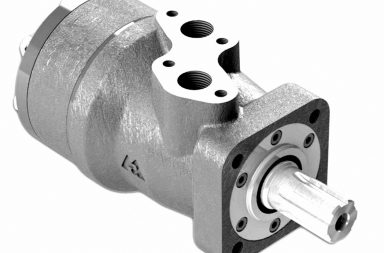Injection molding has been due to its reliability and efficiency in creation of durable, repeatable, and cost-effective components made of plastic. Whether it is automobile interiors or medical equipment, quality and consistency are paramount not only to performance, but also to the safety of a company brand and reputation.
Quality and Consistency Defined
Quality implies that all parts that have been molded are designed and engineered to specifications: correct size, tough and pliable materials, smooth finish and dependable performance.
Consistency implies that all components are the same, the first or the millionth component. This is to be done by proper material selection, tooling accuracy, calibrated equipment, and process control.

Control and Choice of Material
The first step to quality is in selecting the resin. Performance is dictated by factors like tensile strength, flexibility, heat resistance, and chemical stability. An example is the impact-resistant polycarbonate used in parts, and polypropylene used in light and economical applications.
It is also important in terms of moisture control, because the majority of plastics take in water, which may lead to bubbles or weak points. To avoid this, the moulders dry materials and observe humidity keenly. Traceability systems trace batches of resins and processing information to ensure accountability and reliability.
Precision Mold Design
Mold determines quality of products. Good design will guarantee consistent wall thickness, adequate placement of gates and correct venting to avoid warping, sink marks or air traps. Tool steels of high grade enhance the durability and precision of molds.
Moldflow simulation is a modern software that is utilized to simulate the resin flow, cooling, and pressure distribution prior to tooling construction to minimize defects and waste time in the production process.
Machine Calibration and Maintenance
The accuracy of machines in pressure, temperature, and speed should be checked frequently. Minor variations will result in flash, empty spaces, or inconsistencies. Performance is maintained at a low level, and there is low downtime with preventive maintenance, cleaning, and automated monitoring systems.
Automation — e.g. robotic handling of parts- enhances repeatability, minimizes human error, and elevates efficiency.
Process Control and Monitoring
Scientific molding is applied by leading molders in establishing stable processing windows that ensure repeatability. Statistical Process Control (SPC) monitors such important data as injection pressure and cycle time to detect variations early.
Hi-tech closed loop feedback systems automatically regulate the parameters during production to ensure quality, and real-time monitoring software notifies engineers of any deviation real-time.
Inspection and Quality Assurance
Detailed checks ensure that all components are of the required specification:
Precision checks using CMM machine or dimensional checks.
Manual or automated visual checking of cosmetic defects.
Tensile strength and durability testing
Critical component testing (ultrasound, X-ray) is non-destructive.
Customer confidence and accountability are achieved through detailed quality documentation and traceability reports.
Certifications and Compliance
Professional molders are usually subject to rigorous requirements like:
General quality systems ISO 9001.
ISO 13485 for medical devices.
IATF 16949 for automotive parts.
FDA review on food and medical products.
These certifications demonstrate the commitment of a manufacturer to consistency, safety and compliance with regulations.
Continuous Improvement and Automation
Smart manufacturing is a combination of robotics, sensors, and AI. On-the-fly monitoring of data anticipates equipment wear, identifies variations, and reduces wastage.
Practices of lean and Six Sigma encourage constant improvement of processes, and training of employees and receiving customer feedback help to improve reliability in the long term.
The Future of Quality Assurance
The next-generation quality systems employ intelligent molds that have embedded sensors, AI-based defect prediction, and sustainable materials such as recycled or bio-based resins. The aim: evidence-based, sustainable and complete traceability production.
Conclusion
Precision, consistency and control are the strengths of plastic injection molding. By using high-quality materials, strong tooling, precise machines, sophisticated monitoring, and certified quality systems, the contemporary molders produce parts of the highest quality in the industrial world.
The collaboration with a quality-conscious molder is not only about preventing defects but also a wise investment in performance, reliability and the success over the long-run.



